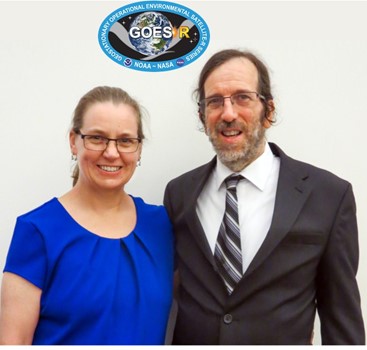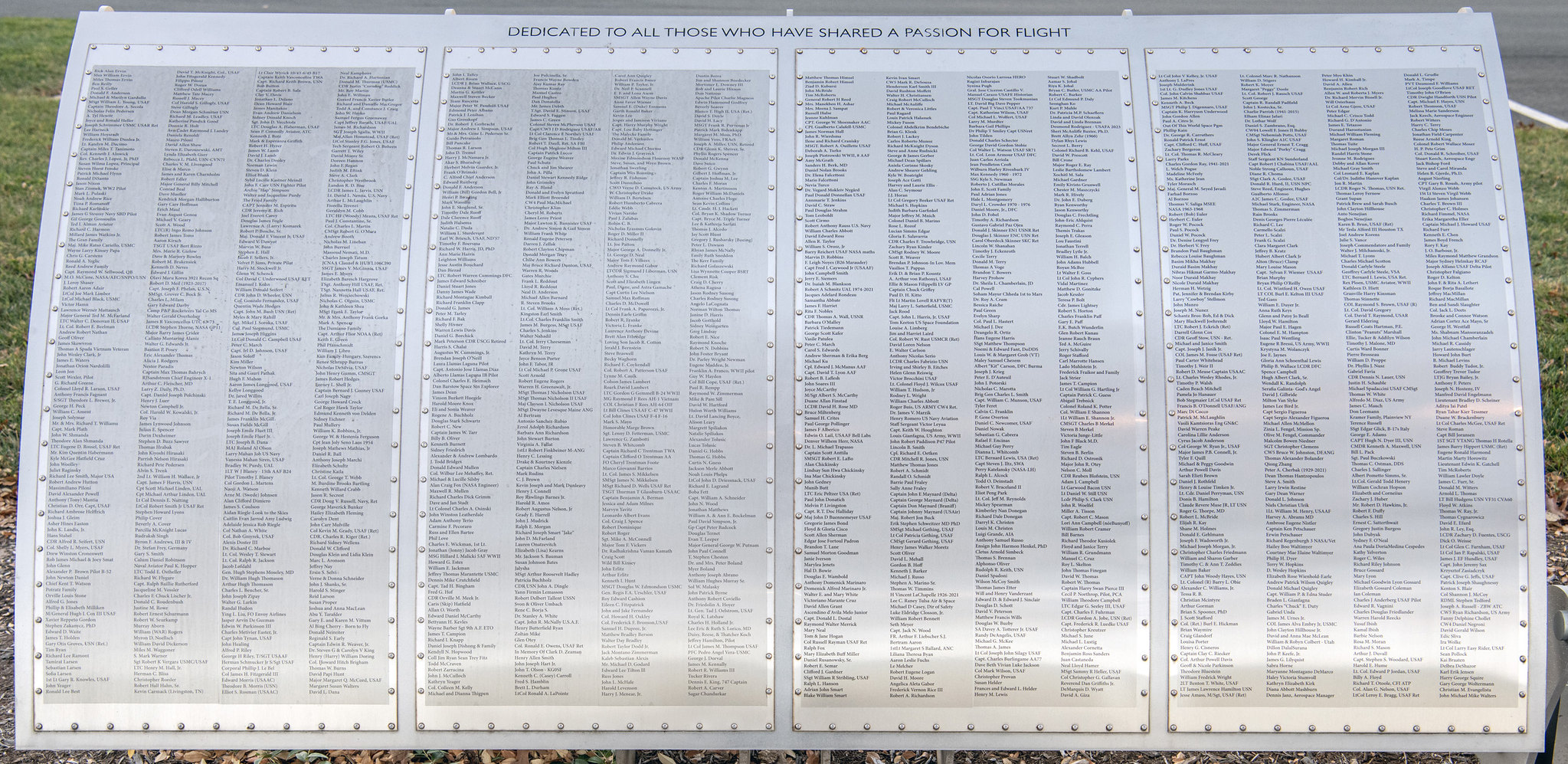Michael Stark Engineer NASA

Foil: 62 Panel: 4 Column: 2 Line: 28
Wall of Honor Level: Air and Space Friend
Honored by:
The Meredith-Goslee Family
We proudly honor Mike Stark, who has worked for his entire career as a software engineer at NASA. Mike writes flight dynamics software, focusing on attitude. Flight dynamics consists of orbit (where is the spacecraft at a given time?) and attitude (which way is the spacecraft pointing at a given time?). Mike earned an undergraduate degree in math, which got him his first job in the Flight Dynamics Division at NASA Goddard, and he earned a Masters degree in computer science. There are many projects Mike is proud of, but in his long career, two stand out to highlight.
Early in his career, he worked on the Cosmic Background Explorer (COBE) project. Mike was split between two projects, working on COBE only 20% of the time. He convinced the team lead that the best use of the limited time was to answer other team member's questions on the math and to write the test plan. With more math background than the others on the team, this ended up being very effective. What's super cool about the science is that COBE was intended to confirm the Big Bang Theory, and that indeed is how the science turned out. COBE's principal investigator, Dr. John Mather, was awarded the 2006 Nobel Prize for Physics for this work. Since about 1500 people worked on this mission, Mike was one of many who each had a small contribution to Dr. Mather's Nobel Prize.
Mike also more recently worked on the Ground Segment for the GOES-R (Geostationary Operational Environmental Satellite) series of weather satellites. Working on a weather satellite afforded him the opportunity to work with NOAA, the agency that operates them, which he enjoyed. Weather satellites are different from NASA science satellites, in that imagery data is received, processed into usable products, and passed to the Weather Service in near real time. In contrast, most NASA ground software does very basic processing before sending data to the scientists. On this project, Mike made a lot of trips to Florida.
Mike joined the GOES-R team during the evaluation of the competitor's proposals for building the Ground Segment. He started about a week before the bidder proposals arrived, but did well enough leading the software engineers on the evaluation team to be offered a permanent position on the Ground Segment systems engineering team. Working within this team meant needing to know more about the hardware that the software ran on. For example, he had to know about the antennas which communicate with the satellite, and how the contractor approaches software development. He found learning these new things to be a lot of fun, but he was most proud of coming in ?€?cold?€™ and being able to immediately contribute.
Mike got to see the fruits of his labor, traveling to Florida again to watch the launch of GOES-R at Cape Canaveral on November 19, 2016 with his beloved wife Sonja. As Mike nears his retirement from NASA, he's still living the dream.
Wall of Honor profiles are provided by the honoree or the donor who added their name to the Wall of Honor. The Museum cannot validate all facts contained in the profiles.
Foil: 62
All foil images coming soon.View other foils on our Wall of Honor Flickr Gallery
